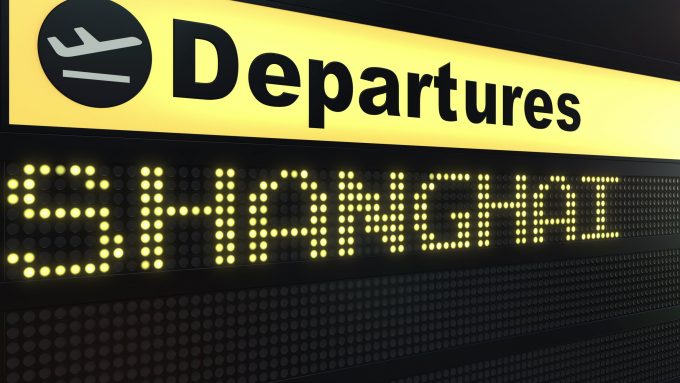Airlines say cargo operations 'severely affected' by outage
UPDATING THROUGH THE DAY Delays and backlogs are expected across the air cargo industry, following the ...
TFII: SOLID AS USUALMAERSK: WEAKENINGF: FALLING OFF A CLIFFAAPL: 'BOTTLENECK IN MAINLAND CHINA'AAPL: CHINA TRENDSDHL: GROWTH CAPEXR: ANOTHER SOLID DELIVERYMFT: HERE COMES THE FALLDSV: LOOK AT SCHENKER PERFORMANCEUPS: A WAVE OF DOWNGRADES DSV: BARGAIN BINKNX: EARNINGS OUTODFL: RISING AND FALLING AND THEN RISING
TFII: SOLID AS USUALMAERSK: WEAKENINGF: FALLING OFF A CLIFFAAPL: 'BOTTLENECK IN MAINLAND CHINA'AAPL: CHINA TRENDSDHL: GROWTH CAPEXR: ANOTHER SOLID DELIVERYMFT: HERE COMES THE FALLDSV: LOOK AT SCHENKER PERFORMANCEUPS: A WAVE OF DOWNGRADES DSV: BARGAIN BINKNX: EARNINGS OUTODFL: RISING AND FALLING AND THEN RISING

Europe’s secondary cargo airports are jockeying for a greater slice of Chinese trade as the continent’s major gateways struggle with congestion and traffic restrictions.
According to René Droese, cargo managing director at Budapest Airport, secondary cargo hubs can give shippers’ supply chains some much-needed flexibility.
“The feedback from shippers is very clear, they care more than ever about timely cargo deliveries and using uncongested airports,” he said today at the Air Cargo China event in Shanghai.
Budapest has the perfect location for airlines flying from China into Europe, he added.
“And we have the capacity. In terms of available space – apron, taxiway, runways, warehouses – we’re not congested at all.”
Mr Droese added: “So this is a big benefit for Budapest compared with other airports in Europe, because we all know that for the big airports like Amsterdam, which has restrictions, and Frankfurt, which is congested, time-sensitive air cargo is facing a problem, and this is something Budapest is able to overcome.”
Mr Droese was speaking alongside colleagues from Dusseldorf and Hamburg airports. With joint shareholder AviAlliance, the three airports are cooperating under the motto “Connect differently” to capture cargo volumes from nearby major hubs, with particular focus on Chinese trade.
Budapest Airport had a record-breaking year in 2017, with cargo volumes up 13% to 127,100 tonnes. And between January-April 2018, volumes were up 14% year on year.
The airport already has a daily flight to Beijing operated by Air China, as well as connections with Hong Kong via STO Express and Cargolux and Mr Droese said Budapest was working on additional direct flights with China and hoped to announce new destinations soon.
Furthermore, following a survey with large freight forwarders, he said a carrier flying directly from China could bring between 150-200 tonnes a week to the airport from Shanghai, and 50-70 tonnes from Beijing.
“These are the volumes currently moving via Vienna, Frankfurt and maybe even Amsterdam. And here we believe it makes sense to use Budapest and not transport via truck to destinations further away,” said Mr Droese. He added that another advantage Budapest had for Chinese trade was a “very flexible regime” in terms of air traffic rights.
Meanwhile, flexible traffic rights with China was also a key consideration for Latvia’s Riga International Airport, the largest air cargo hub in the Baltics.
According to Eligijus Jentkus, deputy director aviation services, Riga has traffic agreements with five Chinese cities, applicable “no matter the airline”.
“The market is bursting and the big hubs are over capacity, which makes problems for many different supply chains,” he explained. “Flights from China only take one day, but it takes the major hubs sometimes three days to process cargo and get it out. Smaller, regional airports can manage this faster.”
Riga handles about half of all the air cargo volumes in the Baltic region and saw 70% year-on-year growth in the first quarter 2018. The airport has more than 100 destinations within Europe, Mr Jentkus said, meaning it could easily de-consolidate Chinese cargo for onward destinations throughout the region.
“There’s big interest in Latvia, because if you’re flying from Asia the flight path is over Riga. Flights to Frankfurt, for example, take another two hours, meaning long-haul carriers could save four hours’ flight time. That’s a big cost saving.”
Comment on this article